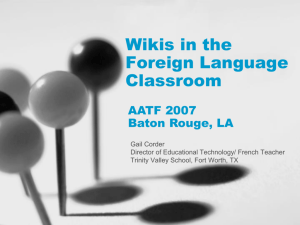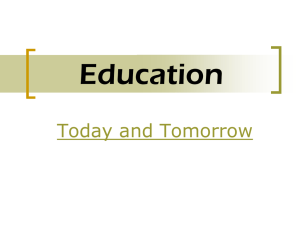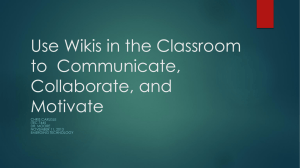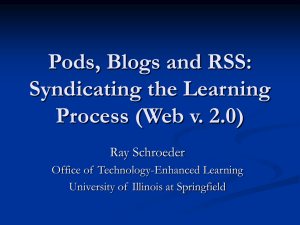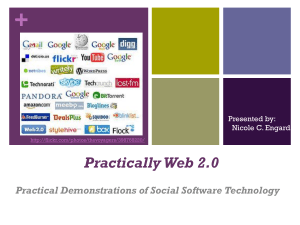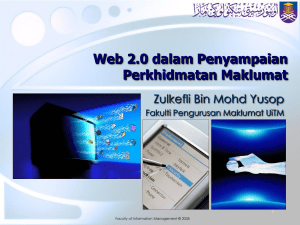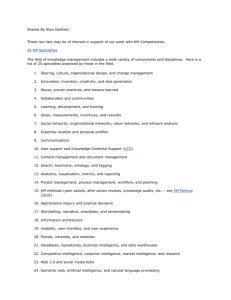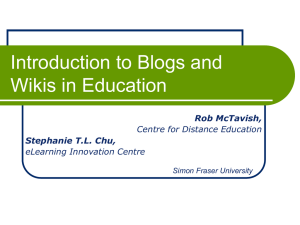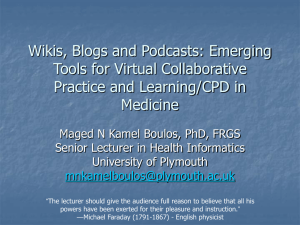Web 2.0 - wsrweb2
advertisement
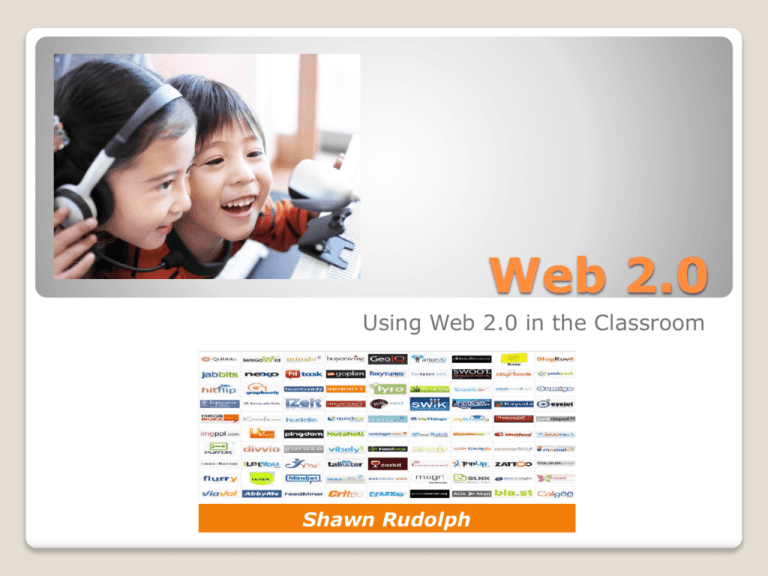
Web 2.0 Using Web 2.0 in the Classroom Shawn Rudolph Connected Classrooms Project Overview The Connected Classrooms Program will bring to DET a capability to deliver and sustain a standard set of technology learning capabilities across the State. The Connected Classrooms Program has three projects: 1 2 3 • Interactive Classrooms Project • Learning Tools • Next Generation Education Network (NGEN). Learning Tools Project Regional contacts – Learning Systems – Shawn Rudolph and Dean Finch The project will provide tools that support the ability to create, store, edit, reuse, manage, view and deliver digital learning content from collections and repositories to staff and students across NSW Specifically it will provide: 1 2 3 4 • A secure individual online working space for all students and teachers • Upgraded email to approximately 1.2 million schools and TAFE students. •Online access to student reports for parents/caregivers • A collaborative environment for the discovery and sharing of digital learning content. Laptops 4 Learning L4L The Commonwealth Government’s Digital Education Revolution includes an element called the National Secondary School Computer Fund. The Commonwealth and NSW Governments have agreed to work together to provide a wirelessly enabled specialist educational laptop to every NSW public school student in years 9 to 12 by June 2012. The Web 2.0 Journey 2007 2005 1990’s • A place for viewers to retrieve information • Websites were mostly built by experts. • Birth of new web tools allowed users to add content to the web. • People with no programming skills developing content • A second generation of the web is becoming more popularWeb 2.0 Read/Write Web • Students are creating, collaborating and showcasing their work to a global audience. Beyond • Internet Speeds are increasing • Mobile Technologies means always being connected What is Web 2.0? Web 2.0 Web 2.0 is a term used to describe a trend in the world wide web that focuses on content that is able to be both consumed and user created. It is used to create a means of communication, secure information sharing and collaboration. Popular Web 2.0 tools The most utilised Web 2.0 tools are for social networking. Many students use these tools to communicate with friends, share photos, video’s and their interests. DET Policy Info to allow Wiki and Blog sites Web 2.0 - Wikis Wiki A wiki is a page or collection of Web pages designed to enable anyone who accesses it to contribute or modify content. Wikis are often used to create collaborative websites and to power community websites. Wikipedia is one of the best-known wikis. Wiki Applications Wikispaces PBWiki Pikiwiki Wikidot [www.wikispaces.com] [www.pbwiki.com] [www.pikiwiki.com] [www.wikidot.com] Wiki Examples Wikis in Education http://penrithpslibrary.pbwiki.com/ http://nutmeg2008.wikispaces.com/ http://wsricpnetwork.wikispaces.com/ Web 2.0 - Blogs Blog A blog is a shortened version of weblog and represents a website that is easily created and updated. Blogs are written about just about any subject. Web 2.0 - Blogs Blog in Education http://www.boysbloggingbooks.blogspot.com/ http://mrsmcsclass.blogspot.com/ Web 2.0 Blogs www.blogger.com www.edublog.com Podcasts Podcasting A podcast is a series of digital media files, usually digital audio that is made available for download via Web syndication. Like the term broadcast, podcast can refer either to the content itself or to the method by which the content is syndicated; the latter is also called podcasting. A podcaster is the person who creates the content. Podcasts Podcasts in Education Radio WillowWeb www.mpsomaha.org/willow/radio EdPod http://www.abc.net.au/rn/edpod/ RSS RSS Feeds RSS, also know as Rich Site Summary or Really Simple Syndication, is a format for distributing content on the Web. It is also known as syndication. RSS can be used with Blogs, Wikis and Podcasts. SWOT Strengths Weaknesses Opportunities Threats Web 2.0 in Education BECTA In a series of reports recently released by BECTA (the government agency leading the UK drive to ensure the effective and innovative use of technology throughout learning) on Web 2.0 technologies for learning the report carried out on students between the ages of 11-16 found 1 2 3 •64% of the respondents have wired internet access at home and 70% have wireless access. •78% reported having uploaded pictures, video, or music to the web with 50% having done so in the previous week of being asked •74% reported that they had at least one social networking site account. Source: http://partners.becta.org.uk/ Web 2.0 in Education (cont) How and to what extent are young people using Web 2.0 technologies outside of education and how does this compare to their experience in schools? What are the potential benefits, opportunities and issues around using Web 2.0 approaches for learning and teaching? How are schools currently using Web 2.0 technologies and what are the barriers and issues to effective implementation? What are the e-safety/child protection issues around the use of Web 2.0 technologies? How aware are learners, schools, parents and teachers of the risks and how can Web 2.0 be used safely?
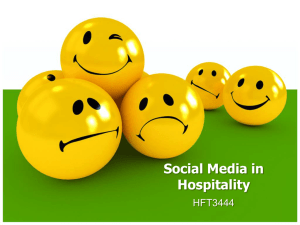
![ClaytonMA - Logo and Branding Project[1]](http://s3.studylib.net/store/data/008462866_1-9d5bad65bbcf3383d9d9e8513859b814-300x300.png)
